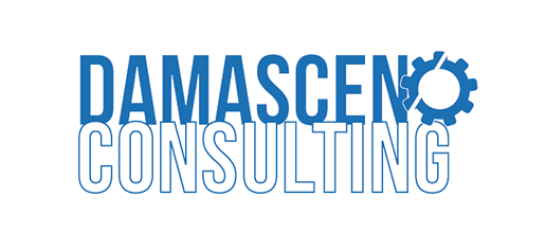COGS (Cost of Goods Sold) is a critical component of a company’s financial statements. It represents the direct costs associated with producing and selling goods or services. To optimize COGS, businesses can take the following steps:

– Reduce material costs – Identify opportunities to reduce material costs without sacrificing quality. This can be done by negotiating better prices with suppliers, finding alternative materials, and implementing inventory management systems.
– Improve production efficiency – Streamline production processes to reduce labor costs and improve efficiency. This can be done by implementing lean manufacturing principles, investing in new equipment, and optimizing workflow.
– Eliminate waste – Identify and eliminate waste in the production process, such as excess inventory, defective products, and unnecessary steps in the production process.
– Reduce overhead costs – Review overhead costs such as rent, utilities, and insurance to identify opportunities for cost savings. Consider consolidating suppliers or moving to a more cost-effective location.
– Improve supplier relationships – Build strong relationships with suppliers to negotiate better pricing and delivery terms. This can also reduce the risk of supply chain disruptions.
– Monitor and analyze COGS – Regularly monitor and analyze COGS to identify trends and areas for improvement. Use this information to make informed decisions about pricing and production levels.
– Invest in technology – Consider investing in technology such as automation and data analytics to improve production efficiency, reduce waste, and optimize inventory management.
By optimizing COGS, businesses can improve profitability and competitiveness. However, it is important to balance cost reduction with the need to maintain quality and customer service. A thoughtful approach to COGS optimization can result in a more efficient, cost-effective operation without sacrificing quality or customer satisfaction.
#COGS #CostOptimization #BusinessTips


